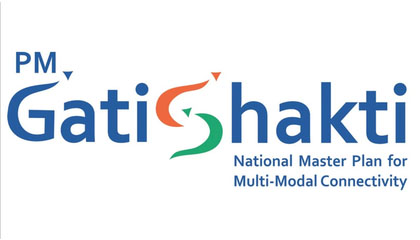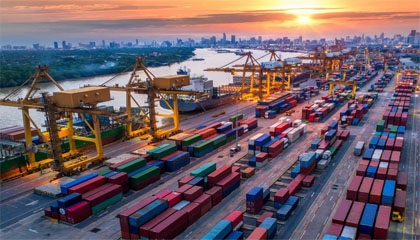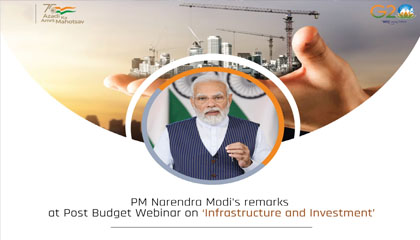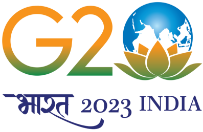Major changes in education sector under PM
The education sector is one of the vital sectors witnessing transformation under this regime and 20 years from now, the educational landscape of India will be very different, and a lot more flourished. Here are some major achievements of the government in the last nine years.
1. Increasing the number of top institutions
4. Medical Education
7. Digital Education
2. Research Renaissance
5. NEP 2020
8. Establishing Campuses of Foreign in India
3. Importance to Liberal Arts
6. Skill Development
9. National Institutional Ranking Framework (NIRF)

List Government schemes for schools
- Mid-Day meal
- Sarva Shiksha Abhiyan
- Institution of Eminence Abhiyan
- Higher Education Financing Agency (HEFA)
- Rashtriya Madhyamik Shiksha Abhiyan
- Samagra Shiksha
- Eklavya Model Residential Schools
- National Achievement Survey
- National Curriculum Framework
- Rashtriya Avishkar Abhiyan
- Padhe Bharat, Badhe Bharat
List of Government Initiatives for Students
- National Education Policy(NEP) 2020
- STARS Project
- Kala Utsav
- Swachh Vidyalaya Abhiyan
- Shiksha Parv Initiative
- National Means cum Merit Scholarship (NMMS)
- National Talent Search Exam(NTSE)
- ISHAN UDAY
- Ishan Vikas
Government Initiatives for Girls
- Beti Bachao, Beti Padhao
- Kasturba Gandhi Balika Vidyalaya
- National Programme for Education of Girls at Elementary Level (NPEGEL)
- National Scheme of Incentives to Girls for Secondary Education (NSIGSE)
- PRAGATI
- CBSE Single child merit scholarship
- Rani laxmi bai Atma Raksha Parikshan
Government Initiatives for Digital Education
- PM E-Vidhya
- DIKSHA
- National E-library
- Swayam Prabha
- Swayam
- Vidya Daan
- E Pathshala
- SMART India Hackathon
Government Initiatives for disabled students
- Inclusive Education of the Disabled at the Secondary Stage
- International Economic Development Council
- SAKSHAM
- Identification camps for CwSN
Government Initiatives for mental health of students
- National Tele Mental Health Programme(Tele MANAS)
- National Mental Health Programme for UPSC
- School Mental Health Program (SMHP) India
Government Initiatives for school teachers
- NISHTHA
The Gati Shakti Master Plan, introduced by PM Modi on 13 October 2021, stands as a significant undertaking that aims to enhance collaboration among various ministries, states, and departments.
Acknowledging the pivotal role of port infrastructure in driving economic growth, the Modi government has undertaken ambitious endeavours to enhance and modernise India's ports.
Under the PM Gati Shakti National Master Plan For Connectivity, the Indian Government has introduced a novel digital tool aimed at addressing the challenges of project delays
Over the past years, the government has successfully launched 15 Vande Bharat trains, with plans to manufacture an additional 400 Vande Bharat express trains in the next three years
In a significant move, the government demonstrated its boldness in the budget by raising the capital investment outlay to Rs 7.5 lakh crores.
Samagra Shiksha - Transforming Education in India

Introduction
Samagra Shiksha, meaning 'Holistic Education,' is a comprehensive educational program launched by the Government of India to revolutionize the education sector in the country. This initiative aims to provide quality education to all, focusing on inclusive and equitable learning opportunities.
Objectives
Universal Access to Education: Samagra Shiksha strives to ensure that every child in India has access to a quality education, regardless of their background, location, or socio-economic status. It aims to bridge the gap in educational access.
Improving Quality: The program places a significant emphasis on improving the quality of education by enhancing infrastructure, training teachers, and implementing innovative teaching methods.
Equity and Inclusion: Samagra Shiksha promotes inclusivity by addressing the needs of marginalized and underprivileged communities, ensuring that no child is left behind. Special attention is given to the education of girls, children with disabilities, and those from economically weaker backgrounds.
Key Components
Infrastructure Development: The program focuses on creating conducive learning environments by constructing classrooms, providing clean drinking water, and building toilets in schools. This addresses the critical issue of inadequate facilities in many schools.
Teacher Training: Samagra Shiksha offers training and professional development opportunities for teachers to enhance their teaching skills and keep up with modern pedagogical practices. This improves the overall quality of education.
Innovative Pedagogy: The initiative encourages the adoption of technology and innovative teaching methods to make learning more engaging and effective. It promotes digital education and e-learning resources.
Scholarships and Incentives: To encourage enrollment and retention, the program offers scholarships and incentives to students. This helps reduce dropout rates and promotes a culture of education.
Conclusion
Samagra Shiksha represents a significant step towards reforming India's education system. By addressing access, quality, and inclusivity, it aims to empower the youth with the skills and knowledge necessary to thrive in a rapidly changing world. It underscores the government's commitment to providing holistic education and ensuring that education reaches every corner of the nation, making it a vital component of India's development journey.











